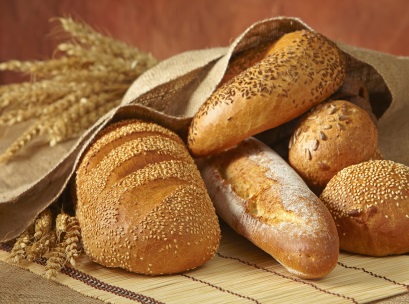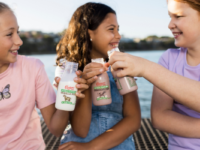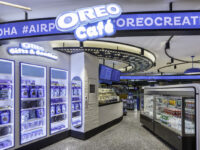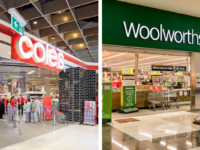 Bread is one of those food Aussies devour frequently, according to the latest findings from Roy Morgan Research.
Bread is one of those food Aussies devour frequently, according to the latest findings from Roy Morgan Research.
There are 13.9 million who eat some kind of bread in an average week last year.
In 2016, nearly 11 million Australian grocery buyers (72.3%) purchased bread in any given seven-day period, spending an average of $8.20 each — or $89.6 million between them.
“Despite recent news about the elevated salt content of some bread, the number of Australian grocery buyers purchasing bread in an average week has grown by almost half a million, from just under 10.5 million to nearly 11 million in the last 12 months. This growth has translated to an additional $4.6 million spent on bread per week and has been driven primarily by these additional shoppers rather than rising bread prices (indeed, the average individual amount spent on bread per week only increased by five cents),” said Norman Morris, industry communications director at Roy Morgan Research.
Nearly 8.9 million purchased bread at least once a week from a supermarket, 2.8 million made their purchase from a specialist bakery/bread shop such as Baker’s Delight, and 920,000 bought bread from a milk bar, convenience store or delicatessen. (Obviously, these are not mutually exclusive: some people bought bread from more than one place in an average week.)
“But while a greater proportion of total bread dollars is being spent at supermarkets, specialised bread shops and bakeries (as well as milk bars, corner shops and the like) are seeing their share of the market slowly decline. So how can these smaller operators ensure they don’t lose any further ground and potentially gain more customers? An understanding of the shopping and health attitudes of their bread customers is a good start, enabling them to position their brand in such a way that it aligns with these sensibilities,” said Morris.
Given these figures, it’s no surprise to learn that supermarkets account for more than two-thirds (67.7%) of total dollar market share, up from 66% in 2015. Coles (26.1%) and Woolworths (25.8%) are neck and neck, well ahead of Independent Supermarkets IGA and Foodland (8.4%) and Aldi (6%). Of these shoppers, those who buy bread at Woolworths spend the highest average weekly amount ($5.90), followed by IGA/Foodland bread buyers ($5.80), Coles ($5.70) and Aldi ($4.40).
Bread shops and bakeries account for 25.5% of total weekly dollars spent on bread, down from 26.9% in 2015. Bakers Delight customers spend an average of $8 (resulting in a market share of 13.1%), Brumby’s Bakery customers spend $7.10 (accounting for 2.2% of all weekly bread dollars), and those who make their purchase from other bread shops spend $7.40 per week (amounting to a 10.2% market share).
“For example, Roy Morgan data shows that grocery buyers who purchase bread at bread shops are almost 20% more likely than the average shopper to trust well-known brands better than the stores’ own, 7% more likely to believe that quality is more important than price, and 13% more likely to avoid both genetically modified food and food with additives in it,” according to Morris.
Despite country bakeries having a reputation for their especially tasty fare, grocery buyers in country/ regional Australia (17%) are less likely than capital-city dwellers (19.3%) to purchase their bread from a bakery, and slightly more likely to buy it from a supermarket (60.1% vs 57.4%).















